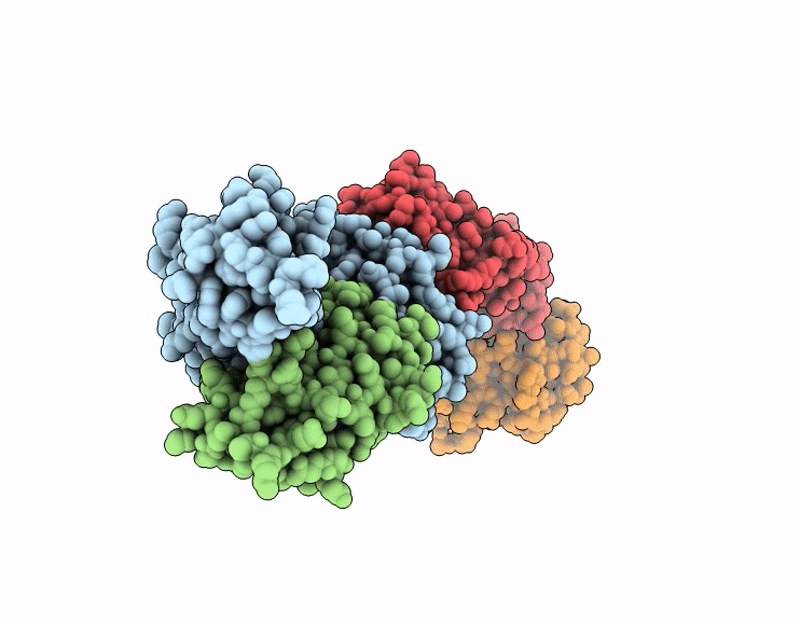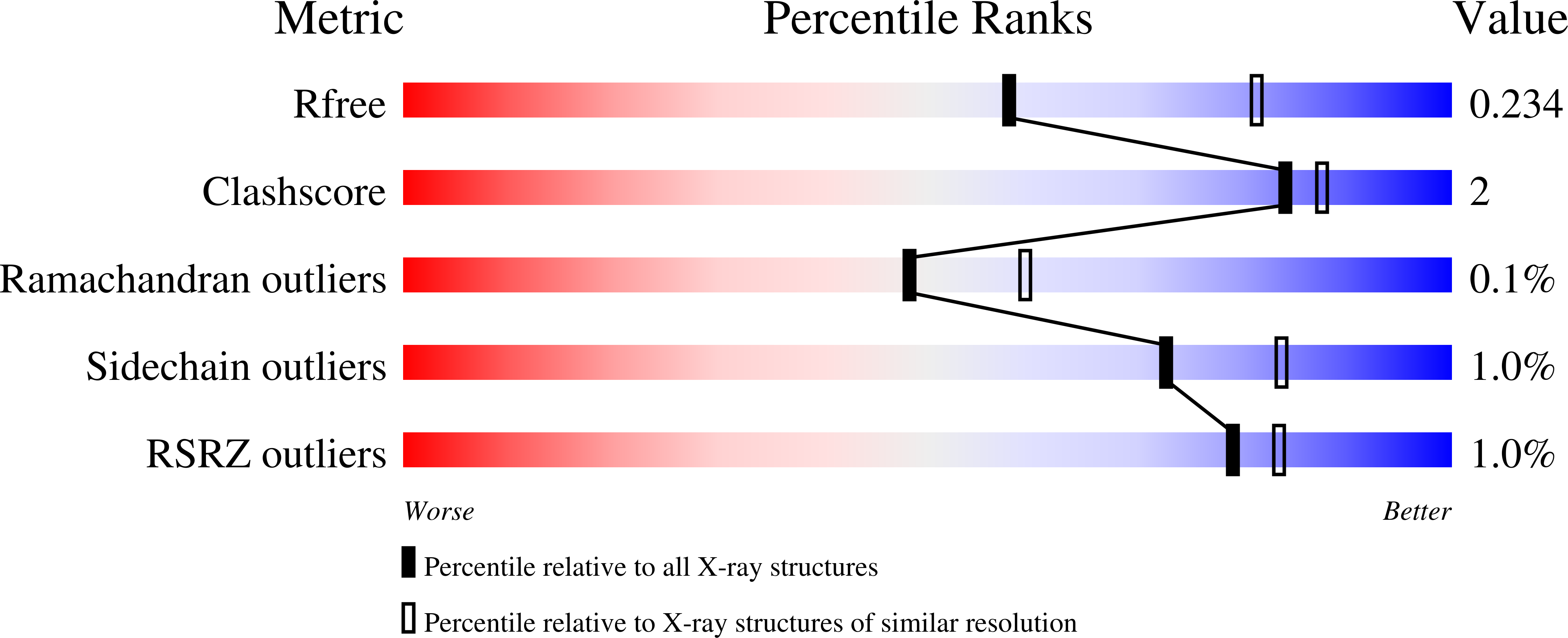
Deposition Date
2025-07-11
Release Date
2025-10-01
Last Version Date
2025-10-01
Entry Detail
Biological Source:
Source Organism:
Homo sapiens (Taxon ID: 9606)
Mus musculus (Taxon ID: 10090)
Hepatitis B virus (Taxon ID: 10407)
Mus musculus (Taxon ID: 10090)
Hepatitis B virus (Taxon ID: 10407)
Host Organism:
Method Details:
Experimental Method:
Resolution:
2.35 Å
R-Value Free:
0.23
R-Value Work:
0.18
R-Value Observed:
0.18
Space Group:
P 1 21 1


